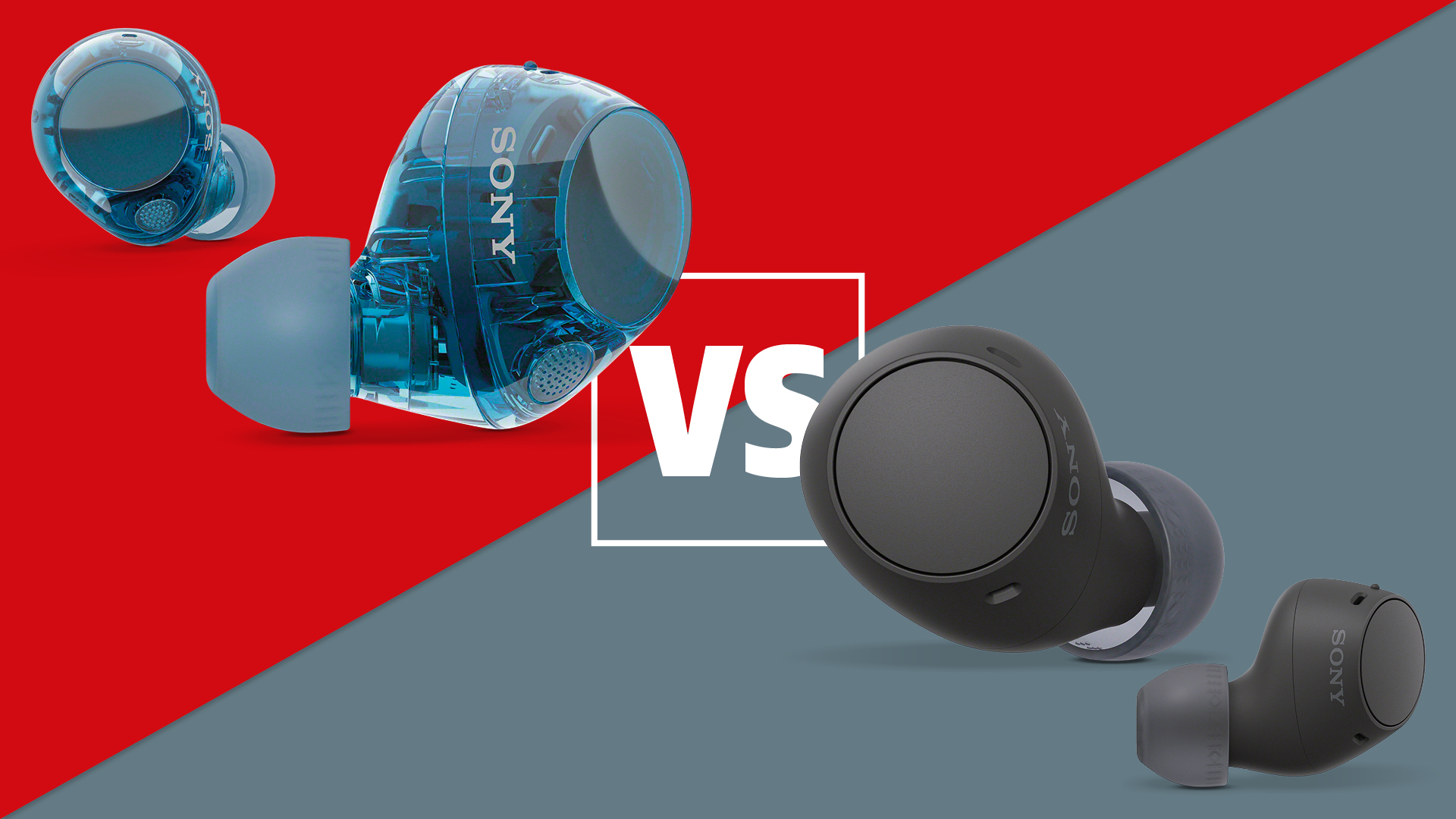Exposing the fallacy behind the design of small speakers
Why are so many small speakers not fit for purpose?
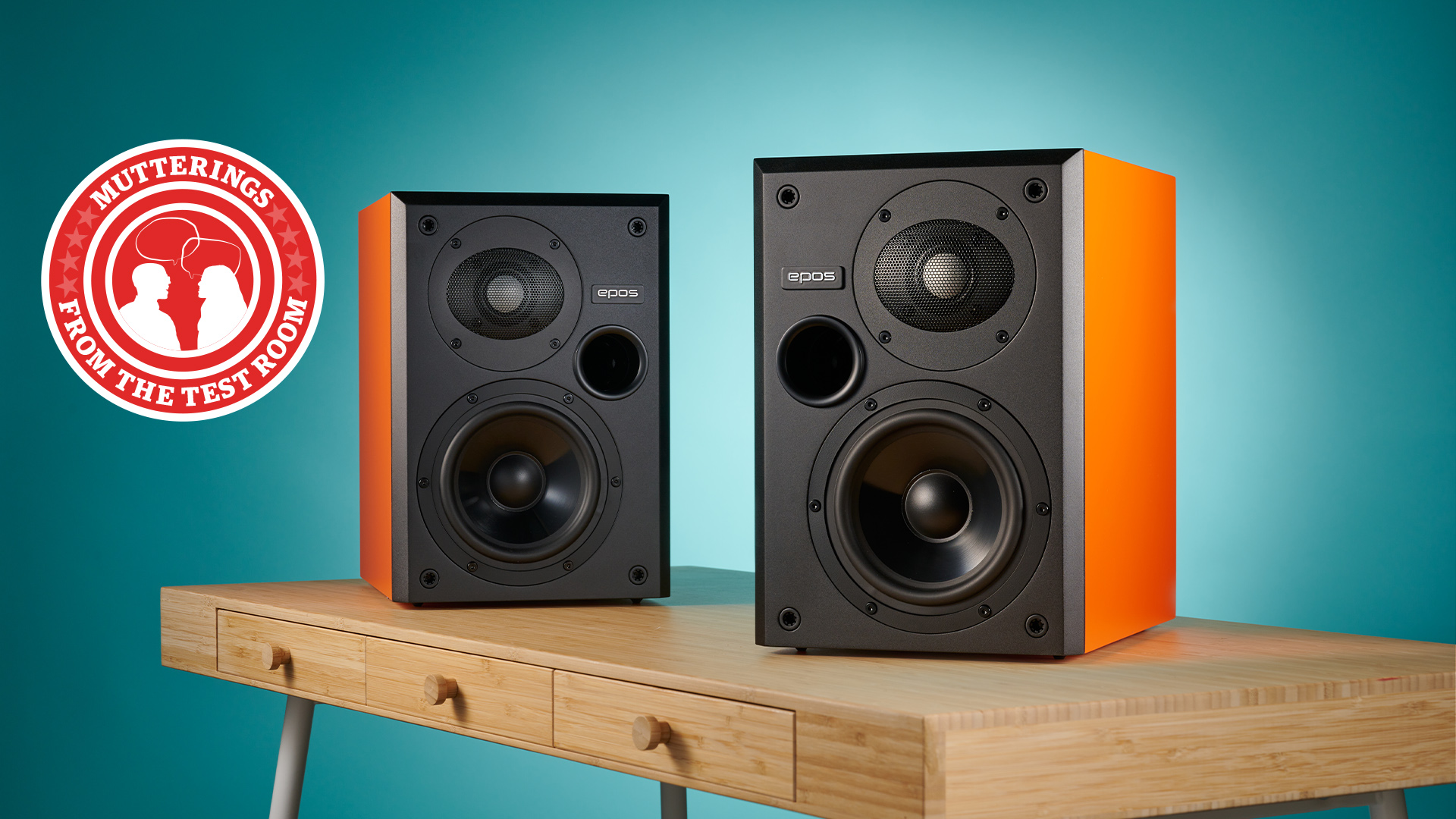
I have been reviewing speakers for more years than I care to remember, but it is my recent experience with Epos’s excellent ES-7N that has forced me to view speaker positioning in a different way. More specifically, the way a small speaker fits into a room.
People tend to choose small speakers for one of two main reasons. They either have a small room and therefore cannot accommodate anything bigger, or, even if they do have space, they want their speakers to be unobtrusive. In such a case, the speaker will usually end up right against a wall on a stand, or sitting on a shelf.
Whatever the reason for choosing a small speaker – and both are equally valid – I find myself bemused that the industry at large generally designs its small speakers to perform best in free space.
By free space, I mean well away from any wall and well into the listening room. To be more specific, in What Hi-Fi?’s main test room, a decently-sized 3m x 7m x 5m (hwd) space, I find that most small speakers need to be at least 70cm away from the back wall to get the optimum balance between convincing tonality and good stereo imaging. Consider that you will need a proper, sturdy speaker stand to get the best from any of these small speakers and you will end up with a speaker/stand combination that takes up as much space as an equivalently priced floorstander – something that will invariably look more domestically acceptable and usually deliver more in the way of bass, scale and volume levels.
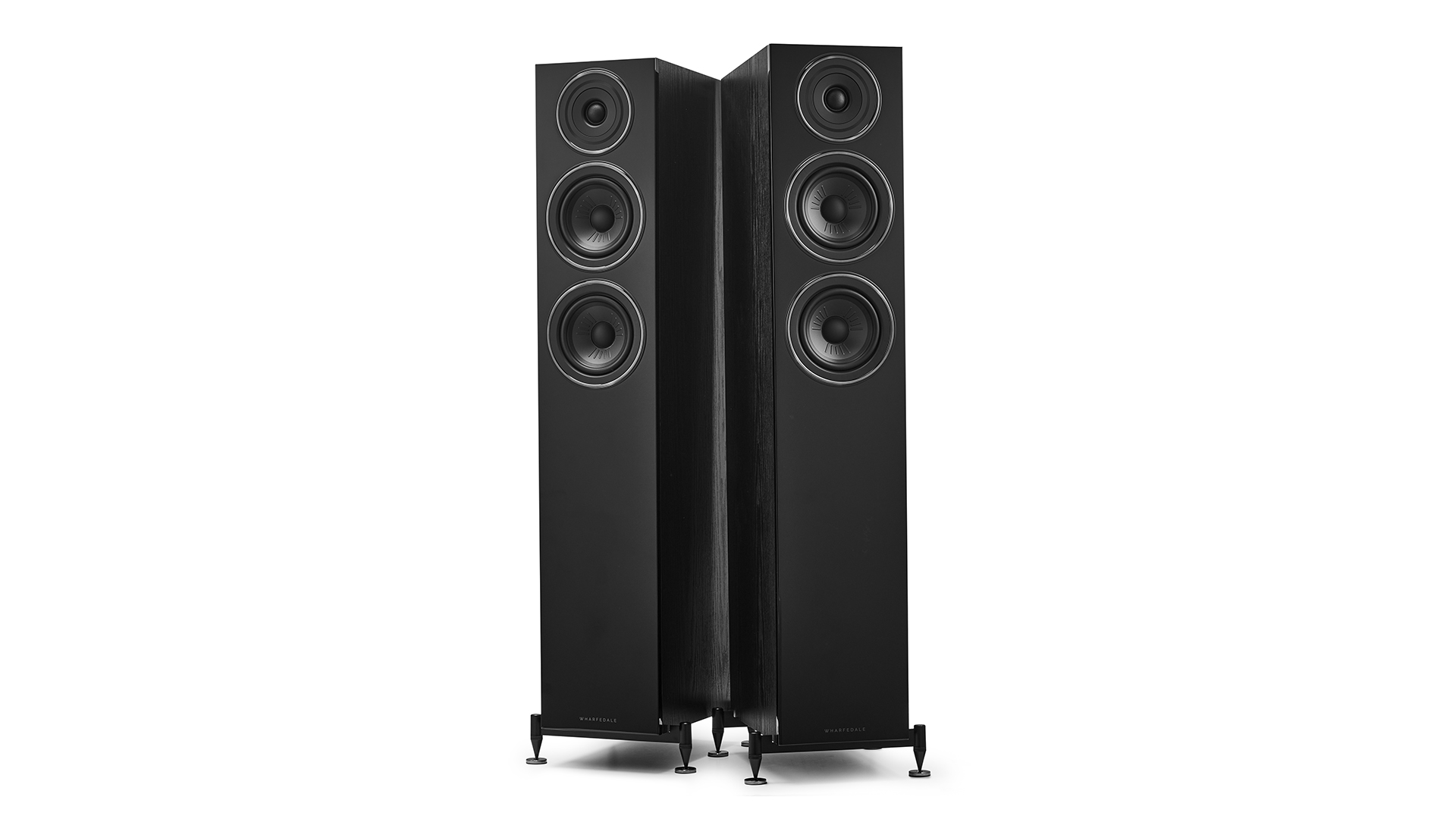
So, why did the arrival of the Epos ES-7N get me thinking? Well, here is a high-quality small speaker that is specifically designed to work well in the kinds of places 'normal' (i.e. a non-hi-fi obsessive) people like to put things. These speakers will sound great in the conventional hi-fi placement of being out into the room and on a proper stand; but, at the flick of a toggle switch on the back panel, they can also shine when you put them on a bookshelf. Much of their development was done with them sitting inside the popular Ikea Kallax shelving units. The speakers were specifically sized to fit neatly into one of its openings.
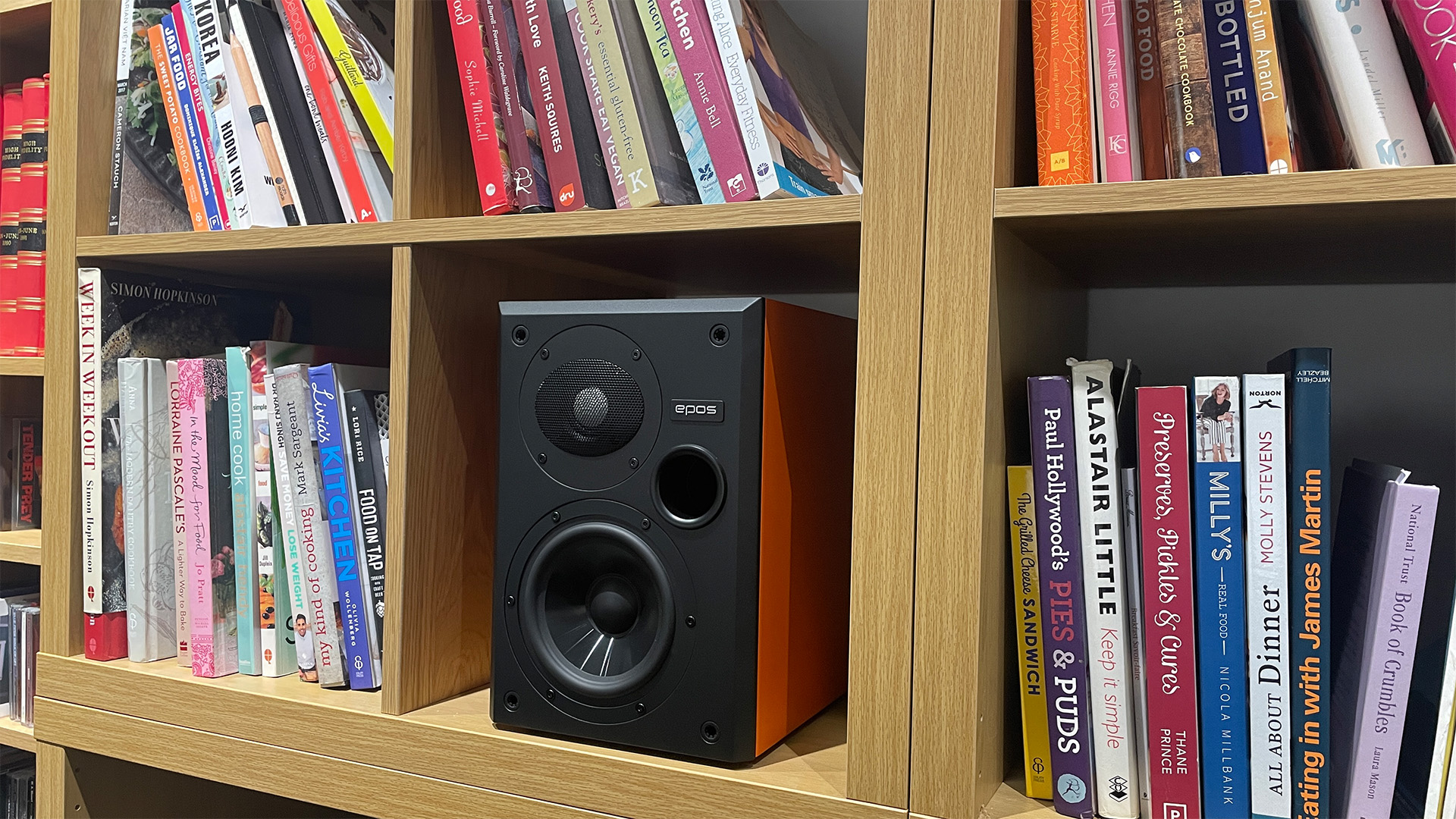
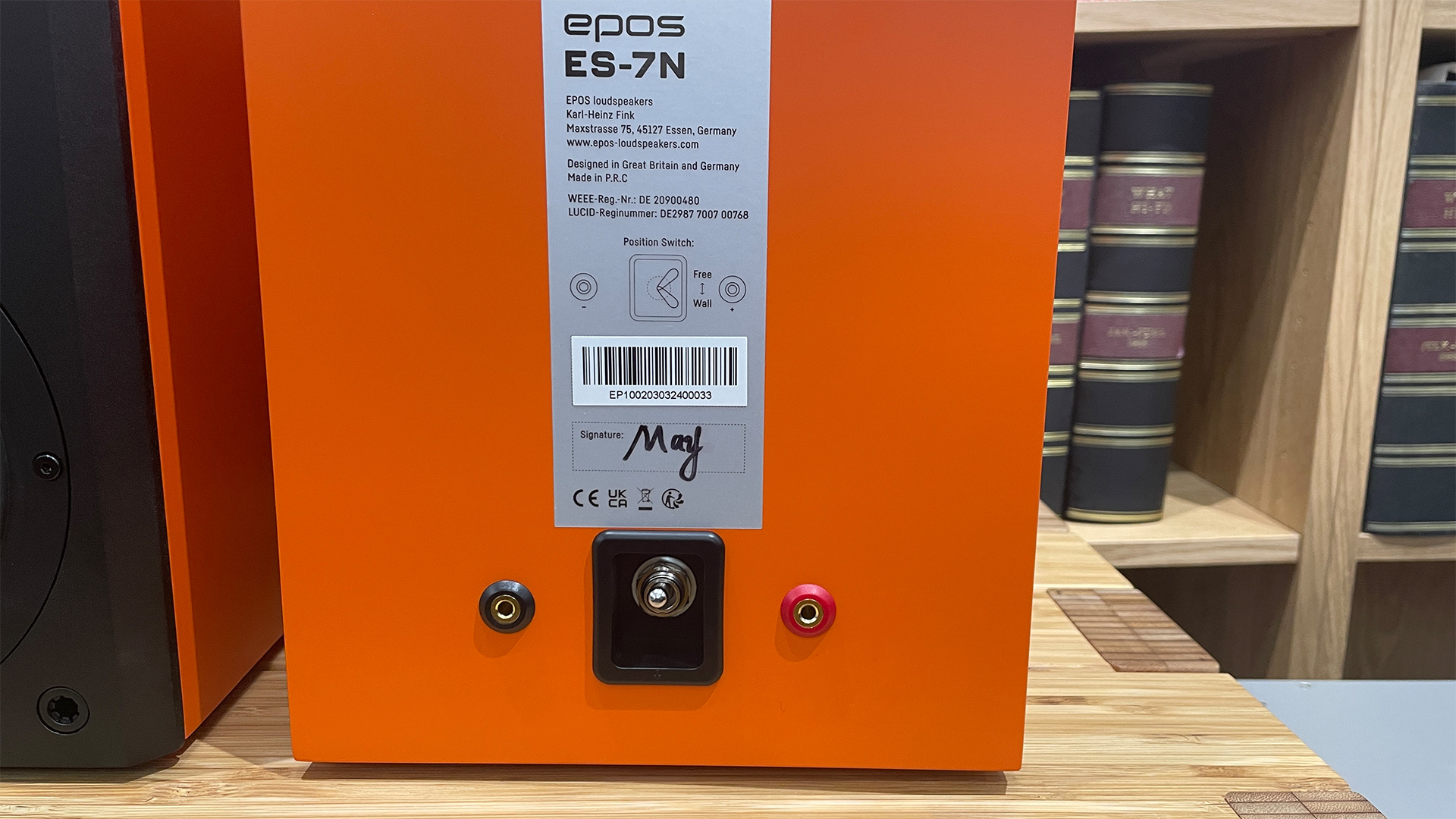
That toggle switch on the rear panels changes the ES-7N’s output quite a lot. In the free-space position, which thoughtfully is optimised for between 30-50 cm away from the back wall (most rivals would demand around double that in order to sound balanced), they are arguably the best-sounding standmounters you can buy at their £1890/$2850 price. Just to be clear, if you want to hear these speakers at their considerable best, this is how we would suggest using them; and, as usual, a good pair of speaker stands is essential.
But what makes these Epos speakers special is that their sound loses surprisingly little when used right up against a wall or on a bookshelf. Sure, there are hits across the board, in transparency, scale, dynamics and resolution, but they are nowhere near what we would typically hear with any of their rivals. The ES-7N still sound balanced, and pretty much just like themselves.
Get the What Hi-Fi? Newsletter
The latest hi-fi, home cinema and tech news, reviews, buying advice and deals, direct to your inbox.
It is interesting to understand just how Epos has managed this. While most competitors are happy to supply users with foam bungs to block the reflex ports in their speakers, and so reduce bass output, Epos has taken things far more seriously. That rear-panel toggle switch changes the crossover filtering. In the ‘shelf’ mode, their midrange and treble output is much higher than the bass. This is calibrated so that the low-frequency lift that naturally occurs when the speakers are positioned close to a wall (or on a shelf) is accounted for. Add that room-boundary effect to the amount of lows the ES-7N produces, and it lifts bass to match the level where the midrange and treble sit.
Switch to free-space mode, and it drops the midrange/highs to the same level as the bass. As a result, the speaker’s sensitivity rating changes from 89dB/W/m (boundary mode) to 86dB/W/m (free space). There is always a compromise somewhere, but this is one that we are happy to accept given the flexibility the Epos offers.
While there are honourable exceptions – Neat's excellent Iota range comes to mind – most of the industry fails to account for how smaller speakers tend to be used. Most sit against a wall, in a corner or some sort of shelving. Rather than ignoring the complications of such positioning, I would love it if the industry as a whole made an effort to make things better. If a tiny company like Epos can give it a shot, surely the industry majors are able to do it too?
MORE:
The What Hi-Fi? Awards 2024 winners have been revealed!
Record players are getting better, it just isn't obvious
Sonos promises big sound from small speakers with the Arc Ultra
The future promises better but smaller hi-fi and audio products

Ketan Bharadia is the Technical Editor of What Hi-Fi? He has been reviewing hi-fi, TV and home cinema equipment for almost three decades and has covered thousands of products over that time. Ketan works across the What Hi-Fi? brand including the website and magazine. His background is based in electronic and mechanical engineering.
-
Rui i think i have to totally agree with your evaluation of the matter refered, i think there´s more to it ,Reply
about most of the families having not room for a dedicated space for music listening as i have a system in my common living room but with kids out of the house a lot of space is free now and i have a big listening room , around 43 square meters,
which allows me to install any type of equipment ,older or new or inbetween , what i call to late 80´s and 90´s bought material , when younger i had a more smaller house and i had a system in my living room and other in my bedroom.
Space was only a problem when kids got older , but a good deal apeared and bought a very big house and old , when all ready to move only my youngest daughter was still living with us. Due to her area of studies i think she will never return home .
Most of the people i know are always in doubt about what to buy ,some spend a lot of money and have a dull sound with almost no dynamics ,
what i notice that changed the most his the instalation of their systems, i never had speakers on stands unless they were linear phase as technics called it in the 70´s ,there were also studio monitors that didn´t demand that room and could deliver well the sound perfectely refering mainly to Yamaha and JBL normally installed on the sides of the studio mixing board, but those were really expensive.
In the past i used to put a speaker in each corner of the living room a litle apart as i heard if the bass wasn´t covering other frequencies and always big speakers and the sound would be perfect and by the opinions i heard through out the years , all people and friends that i knew always refer to the sounf of my stereo equipment as being very good or perfect .
i tried recentelly to make my equipment bought in the last 4 years like it´s now said to be done and i notice a problem in recordings with more filled sound , those litle but powerfull speakers aren´t that good for this type of sound, also recordings from the 80´s to the 90´s increased a lot the bass , so i think i do not like much the sound of litle speakers as they seem perfect with more simple recordings like acoustic or rock but traditional sound type ,
newer bands are now using a more filled sound that sometimes seem a litle noisy when hearing them through litle speakers, first i thought it was the equipment but now i´m sure it is the speakers,
as i conected a AT-100 from cerwin-vega (late 80´s)with some old Exclusive Pioneer components and the sound flows with perfection , even cds seemed to sound better as i always had what was considered a good cd player but my 70´s, 80´s and some of the best rock bands that made it big in the 90´s do sound better in record than cd , the guitars sound seemed always strange,
but with 70´s material they do sound better , refering to the cds i bought from bands i already had in record that were a few and i never put them to play as they don´t sound good at all , i used to put new litle speakers on top of old with big woofers speakers and started to use equalizer that only felt i needed it in the 90´s ,when buying more cds
as i had them but never put them on , now i have some Elac that i saw them here being described and they do sound great but not all music sound good as i don´t have a style of music prefered ,i listen to all that sounds good to me, and knowing the brand as i have a amplifier bought in the 70´s from Elac that sounds really good ,so without a doubt i bought them as i always saw Elac as a good brand , but my opinion changed about more litle speakers with powerfull sound like 150 watts r.m.s. ,real ones not DIN or other type.
To end, the best speakers for me that are litle sized and never stoped amazing me are only two excluding studio monitors, the 79 SB-F3 from technics, this are ment to be on stands as they need to be at our ears level or hearing level (better) they even were sold with a tripod to adjust the level , higher or lower position ,
others are the 4ohms Mission 761 , the 760i aren´t good to me or not as good as the first 761, others are... well more or less depends on several factors and these i refer have strong bass if well positioned and with a minimum quality amplifier, sorry if i wrotte a lot , i sometimes find somethings important to the matter and also talk about them. sorry for that if too much -
BadBullit The best true bookshelf speaker has already been on the market for decades, Audio Note AN/KReply -
luca05 The Marantz Imperial 7 from 1972-1980 had two toggle switches, one for the midrange and one for the treble.Reply -
as286 Reply
Very good point. I have been using Rega RS1s for years precisely because of their excellent performance when placed on a bookshelf and close to the wall.What Hi-Fi? said:Why are so many small speakers not fit for purpose?
Exposing the fallacy behind the design of small speakers : Read more
